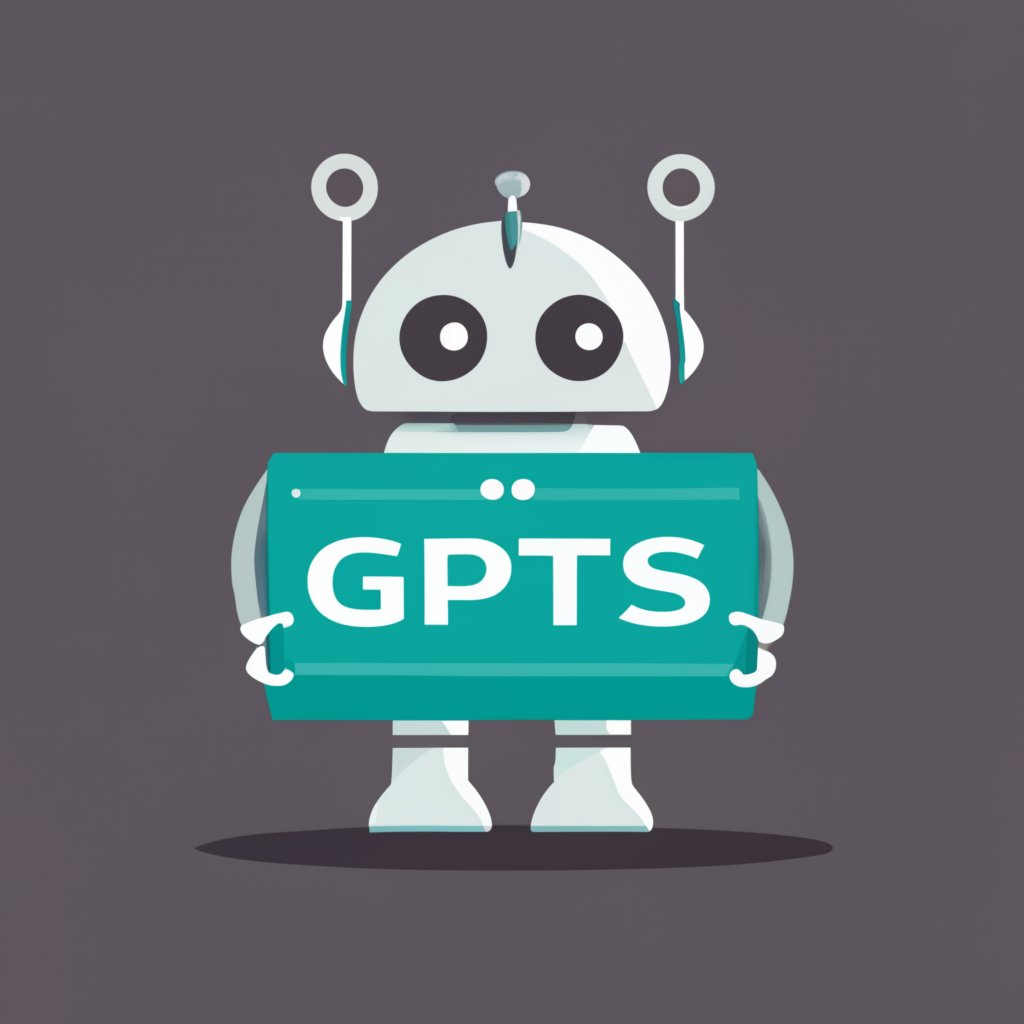
SQL GPT - SQL Learning and Optimization

Welcome to SQL GPT, your SQL learning assistant.
Elevate Your SQL Skills with AI
Explain the difference between INNER JOIN and OUTER JOIN.
How do you optimize SQL queries for better performance?
What are the best practices for indexing in SQL databases?
Describe how to use Common Table Expressions (CTEs) in SQL.
Get Embed Code
Introduction to SQL GPT
SQL GPT is a specialized AI tool designed to facilitate learning, mastering, and efficiently utilizing SQL (Structured Query Language) for a variety of database management and data manipulation tasks. It serves as an interactive platform that offers comprehensive learning resources, practical exercises, and expert guidance on SQL, covering essential topics from basic querying to advanced database optimization techniques. The design purpose of SQL GPT is to support users across different levels of SQL proficiency, providing them with personalized tutorials, hands-on examples, and solutions to common and complex SQL challenges. For instance, a beginner can learn how to write a simple SELECT statement, while an advanced user might explore performance optimization through indexing or complex JOIN operations. This tailored approach ensures users gain practical skills and deep understanding applicable in real-world database management scenarios. Powered by ChatGPT-4o。

Main Functions of SQL GPT
Interactive Learning Modules
Example
SQL GPT offers module-based learning that ranges from beginner topics like 'SELECT queries and data filtering' to advanced topics like 'Transaction management and database normalization'.
Scenario
A developer new to SQL can start with foundational concepts and progress to more advanced topics, applying what they learn through interactive exercises tailored to their skill level.
Query Optimization Guidance
Example
SQL GPT provides advice on optimizing SQL queries for performance, including indexing strategies, query refactoring, and the use of specific SQL functions.
Scenario
An experienced database administrator facing slow query performance can receive suggestions on index creation or modification to improve execution times, directly applicable to their work database.
Real-world Problem Solving
Example
Users can input specific SQL-related problems or errors they encounter, and SQL GPT will offer debugging assistance, best practices, and alternative solutions.
Scenario
A software engineer encounters a complex JOIN operation causing inefficiencies in an application. SQL GPT can suggest optimization techniques and modifications to streamline the query.
Customized Exercise Generation
Example
Based on the user's learning progress and areas of interest, SQL GPT can generate customized practice exercises to reinforce learning and application of SQL concepts.
Scenario
A student learning SQL for data analysis can receive exercises focused on aggregate functions, GROUP BY clauses, and statistical queries to build their analytical skills.
Ideal Users of SQL GPT Services
Database Professionals
This group includes database administrators (DBAs) and developers who are directly involved in database design, management, and optimization. They benefit from SQL GPT by gaining insights into advanced SQL techniques, performance optimization, and efficient data management strategies.
Software Developers
Software developers working on applications that interact with databases can use SQL GPT to improve their understanding of SQL queries, database integration, and data manipulation, ensuring efficient and effective data handling in their applications.
Data Analysts and Scientists
Individuals in these roles often rely on SQL for data extraction, transformation, and analysis. SQL GPT can assist them in mastering complex queries, understanding data relationships, and optimizing data retrieval for analysis.
Academic Students and Educators
Students learning database management systems and educators teaching SQL can leverage SQL GPT for educational content, interactive learning exercises, and to foster a deeper understanding of database technologies.
IT and Data Management Enthusiasts
Hobbyists and tech enthusiasts interested in exploring database technologies, data management practices, and SQL can find SQL GPT a valuable resource for self-paced learning and experimentation.

How to Use SQL GPT
1
Access SQL GPT for a complimentary experience at yeschat.ai, with no account setup or ChatGPT Plus subscription required.
2
Identify your SQL learning goals or challenges, whether you're a beginner needing basics or an advanced user seeking optimization techniques.
3
Explore structured modules ranging from SQL syntax and query writing to database design and performance optimization for hands-on learning.
4
Utilize the interactive exercises and real-world examples provided to apply SQL concepts and improve your database management skills.
5
Take advantage of personalized feedback and guidance based on your queries and use cases to enhance your learning experience.
Try other advanced and practical GPTs
Radio Career Navigator
Navigating Your Radio Career with AI

Matthew Cannington Portfolio of Work
Empowering Brands with AI-Driven Marketing Wisdom

Interview Hero
Ace your tech interviews with AI-driven coaching

Fix
Empowering Repairs with AI Assistance

Angry Uncle Bot
Master the Art of Argument with AI

What's This Thing Worth?
Discover your treasures' worth with AI.

Commercial Building Manager
Streamlining Commercial Property Management with AI

Wedding Gifts
Tailored Wedding Gift Solutions

Hanukkah Gifts
Enlightening Hanukkah celebrations with AI-powered gift guidance

Snacks
Empowering Your Snack Choices with AI

Local Cafe Explorer
Explore cafes worldwide with AI-powered insights

Local SEO Wizard
Empower Your Local Presence with AI

FAQs About SQL GPT
What is SQL GPT?
SQL GPT is an AI-powered tool designed to assist users in mastering SQL through interactive learning resources, practical exercises, and expert guidance on various database management aspects.
Can SQL GPT help with database optimization?
Yes, SQL GPT offers advanced guidance on database optimization techniques, including indexing strategies, query optimization, and performance tuning to improve database efficiency.
Is SQL GPT suitable for beginners?
Absolutely, SQL GPT is tailored for learners at all levels, providing basic tutorials on SQL syntax, querying data, and simple data manipulations to help beginners get started.
How does SQL GPT personalize learning?
SQL GPT customizes the learning experience by adapting its tutorials, exercises, and feedback based on the user's skill level, learning goals, and interaction history.
Can SQL GPT assist with complex SQL queries?
Yes, SQL GPT can help users craft and troubleshoot complex SQL queries, offering explanations, alternatives, and best practices for handling sophisticated data manipulation and retrieval tasks.